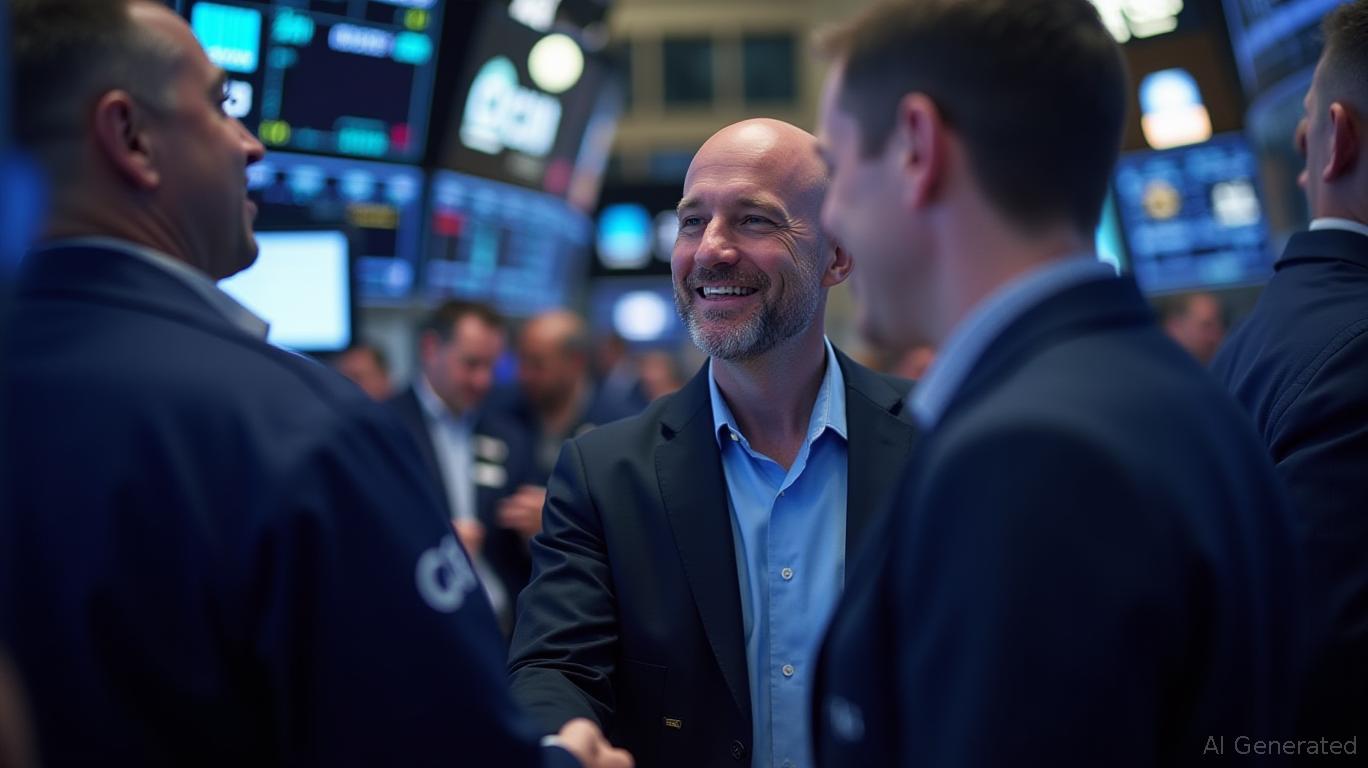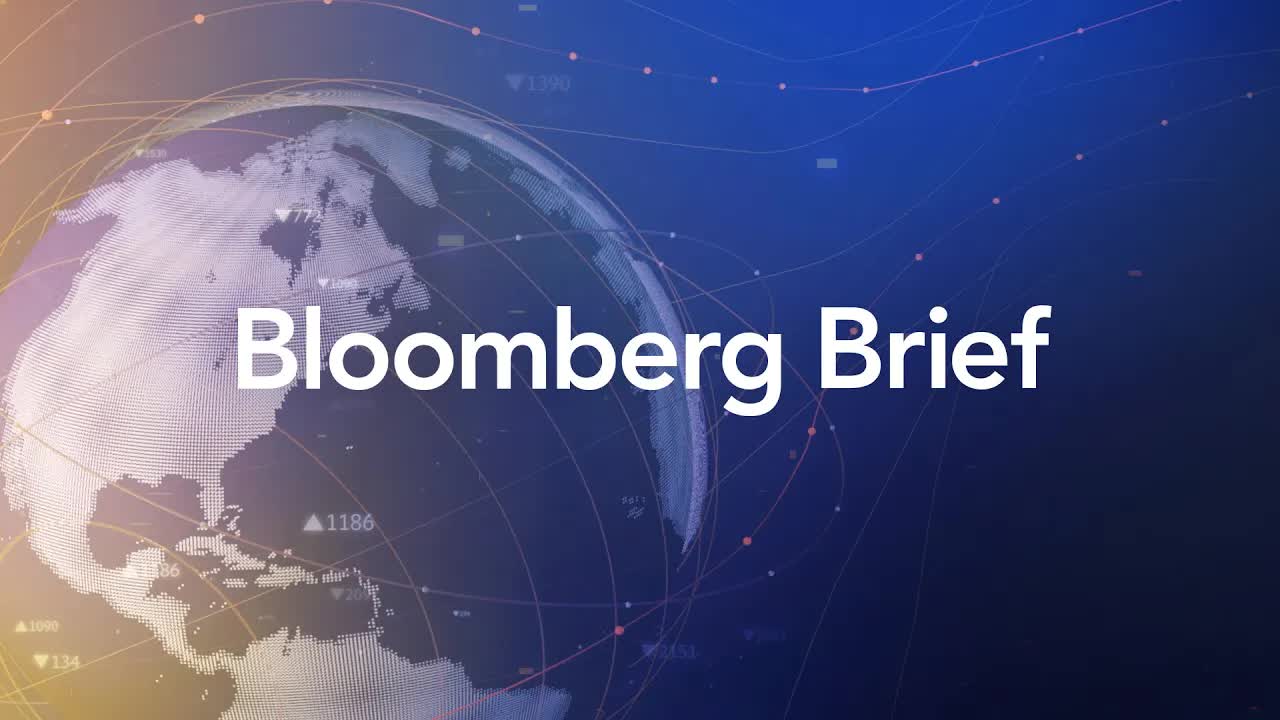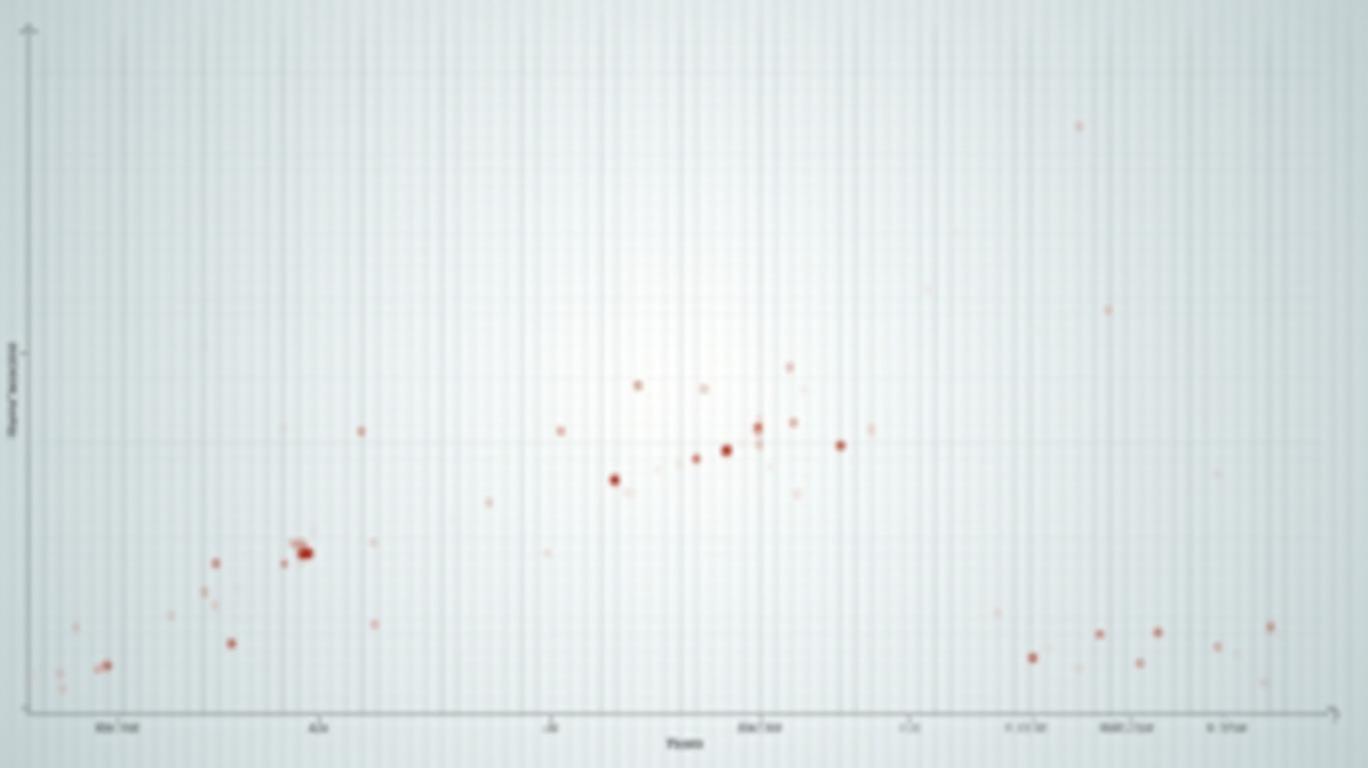The Weight of Choice: How CVS's Wegovy Deal Could Tip the Scale for GLP-1 Rivalry
The CVS Caremark-Wegovy agreement, effective July 2025, has ignited a firestorm in the obesity treatment market, pitting two pharmaceutical giants—Eli Lilly (LLY) and Novo Nordisk (NVO)—against each other. By designating Wegovy as the preferred GLP-1 therapy on its formulary while excluding Zepbound, CVS has thrust patients into a high-stakes battle over access, efficacy, and affordability. For investors, this decision underscores not just the commercial rivalry between these companies but also the fragile dynamics of a healthcare system where rebates and formulary politics often outweigh clinical nuance.
Ask Aime: How will the CVS-Wegovy deal affect LLY and NVO's stock prices?
The Human Cost of Formulary Politics
Allison Stange and Destinee Rizzuto are among the hundreds of thousands of patients now facing the stark reality of this policy shift. Both saw life-changing results with Zepbound, including weight loss, reduced hypertension, and improved sleep apnea. Yet their insurers now require them to switch to older alternatives like Wegovy or pay up to $500 monthly out of pocket. “This isn’t just about money—it’s about my health,” Stange said. Such testimonials highlight a critical flaw in the U.S. healthcare system: the disconnect between patient needs and payer priorities.
Ask Aime: "Will CVS' preferred Wegovy over Zepbound affect Novo's stock?"
Clinically, Wegovy and Zepbound share a common GLP-1 mechanism but differ in key outcomes. A head-to-head study showed Zepbound delivered 15% greater weight loss than Wegovy over 68 weeks, while Wegovy offers a cardiovascular risk reduction benefit absent in Zepbound. This duality means interchangeability is far from guaranteed. “For some patients, switching could be life-altering—in a negative way,” said Dr. Katherine Saunders, a specialist in obesity medicine.
The PBM Playbook: Rebates Over Patients
The CVS decision is a masterclass in rebate-driven formulary management. By excluding Zepbound, CVS pressures Lilly to offer deeper rebates to regain formulary access, while Novo’s Wegovy secures favorable pricing. This dynamic, common among pharmacy benefit managers (PBMs), creates a perverse incentive: manufacturers must choose between lower net prices (to win formulary spots) or higher list prices (to fund direct-to-consumer access).
Manufacturers Fight Back with Direct Access
Both companies are circumventing PBMs to retain patients. Lilly’s LillyDirect program offers Zepbound at $349–$499/month, while Novo’s NovoCare pharmacy provides Wegovy at $499/month. These moves aim to sidestep PBM gatekeeping, but they come with risks. Direct-to-consumer models require heavy marketing spending and may strain margins if rebates remain the norm for large employer plans.
Investment Implications: A Double-Edged Sword
For investors, the CVS deal presents both opportunities and pitfalls. Novo’s stock has historically outperformed Lilly’s due to its dominance in GLP-1 therapies, but its reliance on formularies leaves it vulnerable to future exclusions. Meanwhile, Lilly’s direct access strategy could stabilize Zepbound’s sales but may not offset lost PBM revenue.
The broader market for GLP-1 drugs is booming, with global sales projected to hit $15 billion by 2030. Yet the CVS decision signals a shift toward winner-takes-most dynamics, where formulary access and rebate flexibility will determine market share. Analysts warn that companies unable to navigate PBM politics risk losing patients—and profits—to rivals.
Conclusion: The Scales of Profit and Patient Care
The CVS-Wegovy deal is a microcosm of systemic issues in U.S. healthcare: opaque pricing, PBM power grabs, and the erosion of patient agency. While Novo and Lilly battle for formulary supremacy, patients like Stange and Rizzuto face disrupted care and financial strain. For investors, the calculus is clear:
- Clinical differentiation matters: Zepbound’s superior weight-loss data and FDA approval for sleep apnea could carve a niche, while Wegovy’s cardiovascular benefits may secure it a loyal niche.
- Direct access is a double play: Both companies’ telehealth partnerships could insulate them from PBM volatility but require sustained investment.
- Regulatory risk looms: The backlash over this deal—sparking a 2,000-signature petition in days—may accelerate reforms to curb PBM rebate practices, which could reset pricing dynamics.
In the end, the real winners may not be the drugmakers or PBMs but the patients—provided the system finally prioritizes their health over its bottom line. For now, the scales remain tipped toward cost-cutting, leaving investors to bet on which company can balance strategy, science, and survival.
Data as of Q3 2024. Past performance does not guarantee future results.










